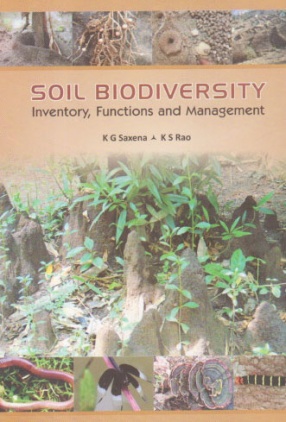
K G Saxena

Showing all 9 books
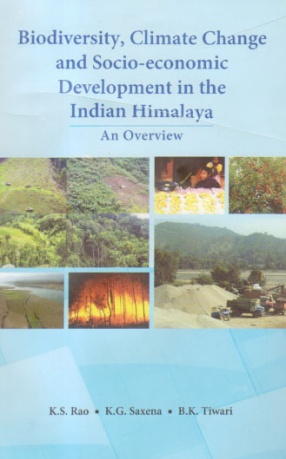
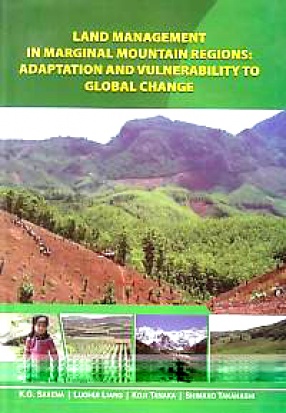

Soil biodiversity emerged as a global agenda of research and management only since last decade when the United Nations Convention on Biological Diversity (UN-CBD) set out a programme of work on agricultural biodiversity. Agricultural development approaches targeting high levels of biodiversity, efficient of use of local resources and optimization of multiple service/functions (e.g. food/feed production, climate regulation, resilience and clean water supply) of ...

United Nations Framework Convention on Climate Change (UNFCCC), Convention on Biological Diversity (CBD) and Inter-governmental panel on climate change (IPCC) laid down a global strategy of saving the mankind from the threats posed by changing climate and loss of biodiversity. These changes are confounded with other global changes in biophysical social economic political environment. Harmonization of environmental, economic and social development trajectories, ...

Contents: Preface. 1. Global change: trends driving factors impacts and challenges. 2. Living with global environmental changes: vulnerability mitigation and adaptation. Subject Index. Mountain ecosystems occupy only about 20% of earth's surface and are home to 10% of the human population. These ecosystems are globally significant for several reasons: (i) they are cosmopolitan in distribution, from the equator to the poles, coastal to continental regions and from ...

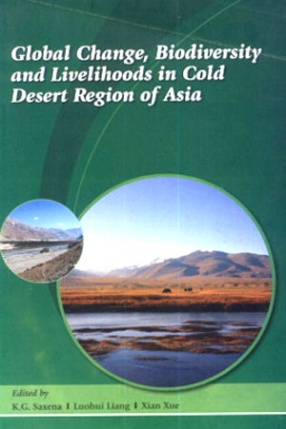
Cold desert region of Asia stands out for having the largest glaciers and expanse of tableland in highlands and the highest permanent human settlements of the world, globally valued biodiversity and the source of water to several snow-fed international river systems crucial for livelihood of millions of people. Survival of indigenous groups in the absence of any external support since centuries reflects the potential of indigenous knowledge about securing ...

Ecology has made great strides during the past few decades. Emerging out of the shadows of a descriptive science, ecology has grown into an interdisciplinary synthetic science with great importance to the resolution of anthropogenic environmental problems. Ecology forms the backbone of natural resources conservation and management, and the restoration and rehabilitation of degraded landscapes. Ecology has expanded its scope and influence by taking benefit of ...
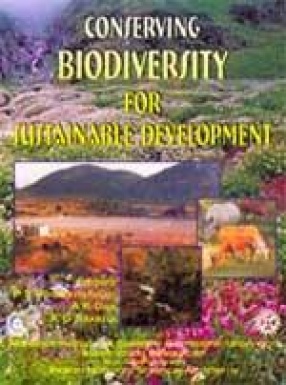
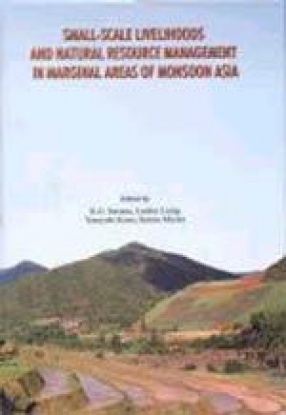
Marginal areas face a range of ecological, social and economic constraints, such as steep slope, low soil fertility, recurrent droughts/floods and, poor access to markets, public services and information. These constraints limit adoption of intensive agriculture technologies developed to suit the needs and circumstances in the mainstream areas. A large number of people live in marginal areas and many in extreme poverty. Improving livelihoods in marginal areas is ...
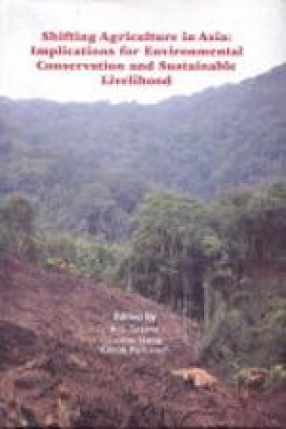
North-eastern Hill Region of India contiguous with Montane Mainland of South-east Asia covering parts of Cambodia, China, Laos, Myanmar, Thailand and Vietnam is a region distinguished globally for a huge biological and cultural diversity and ecosystem services on one hand and marginality in terms of conventional socio-economic indicators of development on the other. Shifting agriculture, the major land use and backbone of rural economy, has been a focal point of ...
